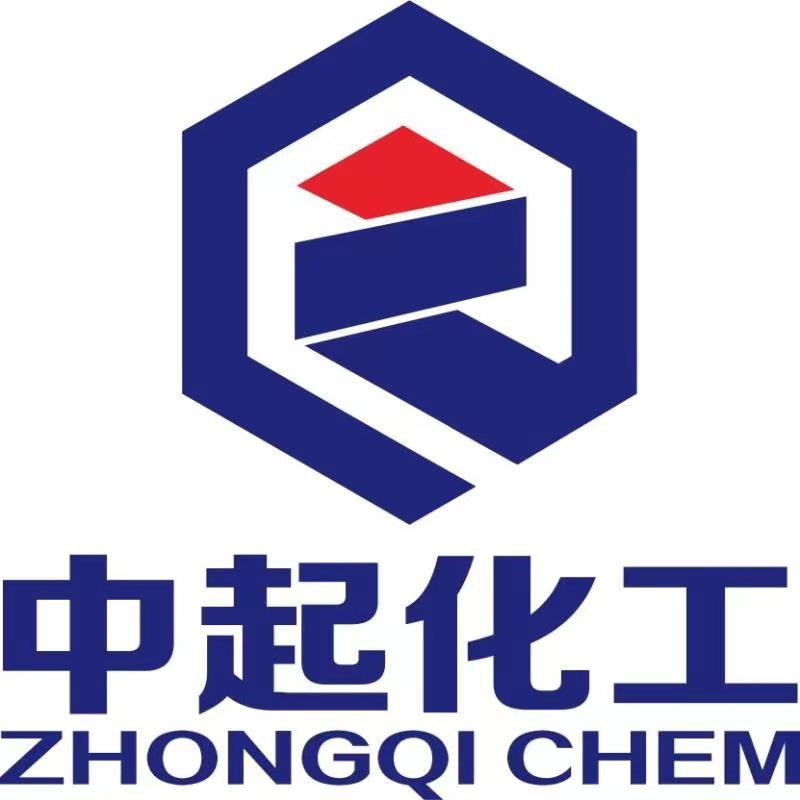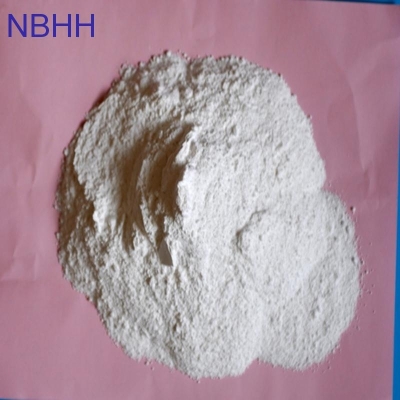-
Categories
-
Pharmaceutical Intermediates
-
Active Pharmaceutical Ingredients
-
Food Additives
- Industrial Coatings
- Agrochemicals
- Dyes and Pigments
- Surfactant
- Flavors and Fragrances
- Chemical Reagents
- Catalyst and Auxiliary
- Natural Products
- Inorganic Chemistry
-
Organic Chemistry
-
Biochemical Engineering
- Analytical Chemistry
-
Cosmetic Ingredient
- Water Treatment Chemical
-
Pharmaceutical Intermediates
Promotion
ECHEMI Mall
Wholesale
Weekly Price
Exhibition
News
-
Trade Service
net/tag_3748.
html" class="zdbq" title="Food related food information" target="_blank">Food Partner Network News On December 22, the Yunnan foodmate.
net/tag_1688.
html" class="zdbq" title="Food and Drug Administration related food information" target="_blank">Food and Drug Administration announced 4 batches of unqualified foods.
Qianliang Tutan foodmate.
net/tag_62.
html" class="zdbq" title="Liquor-related food information" target="_blank">Liquor and Diandongbei Fujiu were notified by the Food and Drug Administration for the detection of foodmate.
net/tag_1848.
html" class="zdbq" title="Sweetener-related food information" target="_blank">sweeteners foodmate.
net/tag_1845.
html" class="zdbq" title="Sodium cyclamate-related food information" target="_blank">cyclamate and neotame.
According to relevant national foodmate.
net/tag_134.
html" class="zdbq" title="Standard related food information" target="_blank">standards , non-liquor sweeteners are not self- foodmate.
net/tag_4568.
html" class="zdbq" title="Fermentation related food information" target="_blank">fermented during the brewing process, and items cannot be detected.
According to the announcement, a total of 35 batches of samples, 31 batches of qualified samples, and 4 batches of unqualified samples were sampled.
The nominal production units, products and unqualified indicators involved in the unqualified samples are: the color value of white granulated sugar produced by Minghua Food Factory, Wuhua District, Kunming City, is unqualified, and the soil altar liquor produced by Chuxiong Junyu Liangyuan Liquor Industry Co.
, Ltd.
Sodium cyclamate (sodium cyclamate) is unqualified.
Yunnan Dejiu Liquor Co.
, Ltd.
produces Diandongbei Fu Liquor N-[N-(3,3-Dimethylbutyl)]-L-α-Asparagus Ammonia-L-phenylalanine 1-methyl ester (Nutame) is unqualified, and the residue of Laolin twist aluminum produced by Kunming Baomaiyuan Food Co.
, Ltd.
is unqualified.
, Ltd.
Sodium cyclamate (sodium cyclamate) is unqualified.
Yunnan Dejiu Liquor Co.
, Ltd.
produces Diandongbei Fu Liquor N-[N-(3,3-Dimethylbutyl)]-L-α-Asparagus Ammonia-L-phenylalanine 1-methyl ester (Nutame) is unqualified, and the residue of Laolin twist aluminum produced by Kunming Baomaiyuan Food Co.
, Ltd.
is unqualified.
The color index of sugar can reflect the look and feel of white granulated sugar and soft white sugar and the level of production technology of the enterprise.
In the production process of white granulated sugar and soft white sugar, the colored substances in the product need to be removed.
The lower the color value, the more thorough the removal of colored substances in the product.
The direct impression is that the whiter the product appearance.
"GB 317-2006 White Granulated Sugar" stipulates that the color value of refined white sugar is ≤25, the color value of fine white sugar is ≤60, the color value of first-grade white sugar is ≤150, and the color value of second-grade white sugar is ≤240.
In the production process of white granulated sugar and soft white sugar, the colored substances in the product need to be removed.
The lower the color value, the more thorough the removal of colored substances in the product.
The direct impression is that the whiter the product appearance.
"GB 317-2006 White Granulated Sugar" stipulates that the color value of refined white sugar is ≤25, the color value of fine white sugar is ≤60, the color value of first-grade white sugar is ≤150, and the color value of second-grade white sugar is ≤240.
Sodium cyclamate and neotame are both sweeteners.
According to the definition of national standards, liquor is made from grains as the main raw material, with Daqu, Xiaoqu or Bran Koji and Jiu Mother as saccharification and starters, through cooking, saccharification, fermentation, and distillation.
Into distilled spirits.
Due to its complex and special brewing process, high-quality liquor can produce some mellow and sweet substances during the fermentation process.
Many small wineries with no money, no technology, and no good raw materials have to add some sweeteners and other substances in the manufacturing process to give the wine a good taste in order to make the wine delicious, but not sweet.
According to the definition of national standards, liquor is made from grains as the main raw material, with Daqu, Xiaoqu or Bran Koji and Jiu Mother as saccharification and starters, through cooking, saccharification, fermentation, and distillation.
Into distilled spirits.
Due to its complex and special brewing process, high-quality liquor can produce some mellow and sweet substances during the fermentation process.
Many small wineries with no money, no technology, and no good raw materials have to add some sweeteners and other substances in the manufacturing process to give the wine a good taste in order to make the wine delicious, but not sweet.
Aluminum-containing food additives (such as alum) are legal food additives and will not cause health hazards when used according to standards.
According to the results of the dietary aluminum exposure risk assessment for Chinese residents completed by the National Food Safety Risk Assessment Expert Committee, it is unlikely that aluminum-containing foods in my country’s daily diet will have an adverse effect on the health of ordinary residents, but for consumers who consume high-aluminum foods for a long time Should be paid attention to.
The reason for the excessive amount of aluminum residue may be that individual companies use aluminum-containing additives in excess of the limit or range in the production and processing process in order to increase the taste of their products, or the aluminum content in the compound additives they use is too high.
According to the results of the dietary aluminum exposure risk assessment for Chinese residents completed by the National Food Safety Risk Assessment Expert Committee, it is unlikely that aluminum-containing foods in my country’s daily diet will have an adverse effect on the health of ordinary residents, but for consumers who consume high-aluminum foods for a long time Should be paid attention to.
The reason for the excessive amount of aluminum residue may be that individual companies use aluminum-containing additives in excess of the limit or range in the production and processing process in order to increase the taste of their products, or the aluminum content in the compound additives they use is too high.
For the unqualified products found in the above-mentioned enterprise sampling inspections, the food and drug regulatory authority where the company is located shall, in accordance with the provisions of the foodmate.
net/show-186186.
html" target="_blank">Food Safety Law of the People’s Republic of China , order the production and operation enterprises to take timely measures such as removal and recall of the unqualified products, and further investigate Formulate corrective measures for the batch, quantity and cause of unqualified products.
Related report: foodmate.
net/2016/12/409568.
html" target="_blank">Yunnan Food and Drug Administration, the 55th issue of food safety supervision and sampling information announcement in 2016
net/show-186186.
html" target="_blank">Food Safety Law of the People’s Republic of China , order the production and operation enterprises to take timely measures such as removal and recall of the unqualified products, and further investigate Formulate corrective measures for the batch, quantity and cause of unqualified products.
Related report: foodmate.
net/2016/12/409568.
html" target="_blank">Yunnan Food and Drug Administration, the 55th issue of food safety supervision and sampling information announcement in 2016







